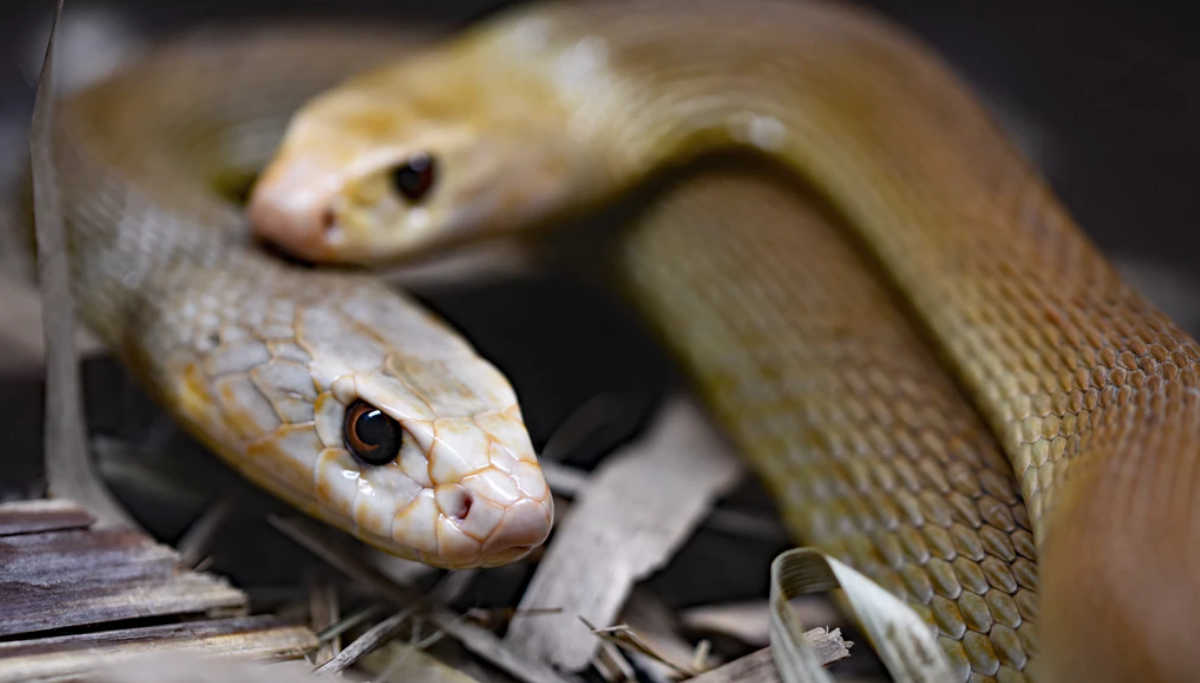Researchers Grow Fully Functional Snake Venom Gland Completely in lab
Vijayan Sankar (Author) Published Date : Jan 27, 2020 19:16 ISTScience
Lab-grown venom can save millions of lives lost by snake bites: As per April 8, 2019, WHO reported 5.4 million people are bitten by snake ever year, and up to 1,38,000 people die, and nearly 4,00,000 people suffer from permanent disabilities. A research paper recently published in the Cell journal could reduce these numbers in the future.
Netherlands Utrecht University Ph.D. student team has found a new way to produce snake venoms in the lab. With the commercialization of this lab venom, lots of lives can be saved with easy availability of medicines to snake bites worldwide. Hans Clevers is the senior author of the published paper and is part of the Ph.D. students' team of the Utrecht University in the Netherlands.
Hans Clevers About the Lab-Grown Venom Gland of Snake?
- Every year more than 100,000 people die from snakebites.
- Most of the snakebite deaths occur in developing countries.
- From the 19th century, there are no new methods for manufacturing anti-venom.
- There is a substantial medical need for snakebite treatments to save lives.
- The snake venom has dozens of different components that could affect the brain, blog coagulation, neuromuscular junctions, and a lot more.
- His lab in the Netherlands was focusing on organoids or a miniature and simplified version of the organ made in vitro that shows realistic micro-anatomy.
- His students wanted to explore the new field of developing organoids from reptiles.
- They selected Cape Coral snake or Aspidelaps lubricus Cowles.
- From the fertilized eggs of the Cape Coral snake, they got small pieces of the issue to make venom glands and organoids of the snake liver, pancreas, and gut.
- The venom glands grew fast in the lab, and four distinct types of cells were found in them.
- Peptides from these glands were biologically active and resembled precisely like live snake venoms.
- Neurotoxins produced by the organoids blocked the nerve-firing process, just like in natural venom.
Many scientists confirm this research is a breakthrough and will open a lot of possibilities for studying cellular biology of venom secreting cells that were not possible in the past.




